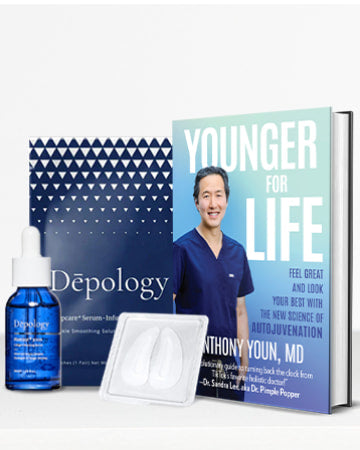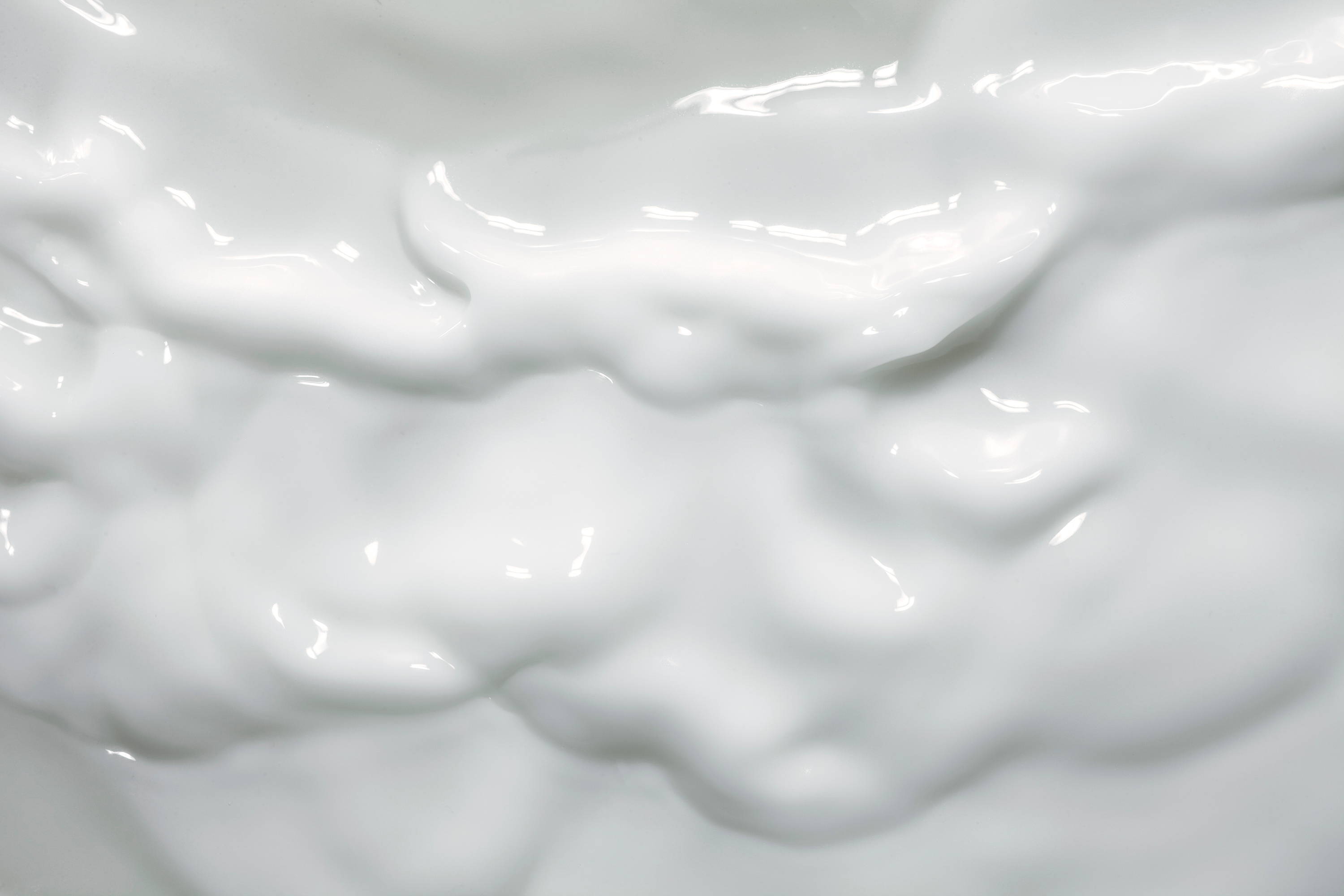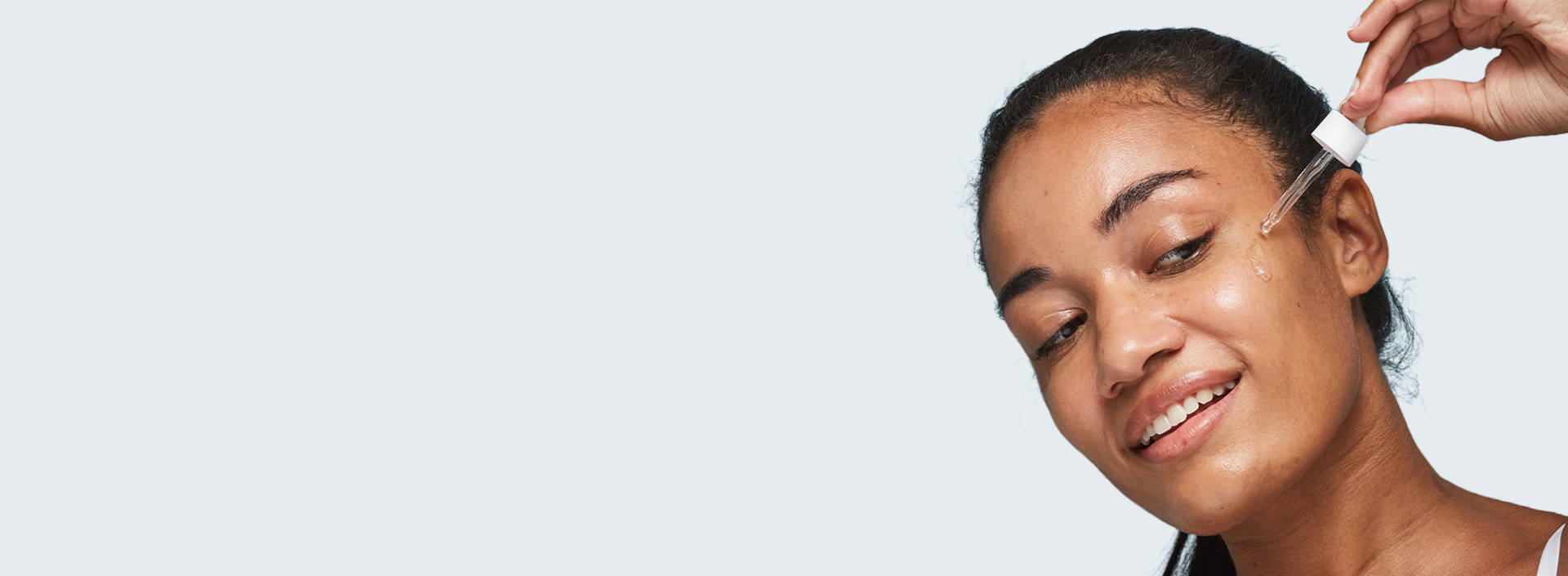Exfoliation is an essential step in any skincare routine, no matter your skin type. While cleansing, moisturizing, and sunscreen are all equally important, exfoliation will ensure that your skin is the healthiest it can be.
When you exfoliate your skin, you are removing dead skin cells from the skin’s surface. Exfoliating scrubs are able to regenerate skin cells faster, allowing the skin to look smoother rather than rough or dry. By successfully completing this process, your pores will become unclogged, releasing fresh cells and opening a pathway for skincare products to penetrate deeper into the skin.
While exfoliation achieves all of these skincare solutions and more, did you also know that exfoliating the skin has been known to help with hyperpigmentation? If you feel you have tried everything and don’t know where to turn, keep reading below to find out how you can remove those blemishes once and for all.














